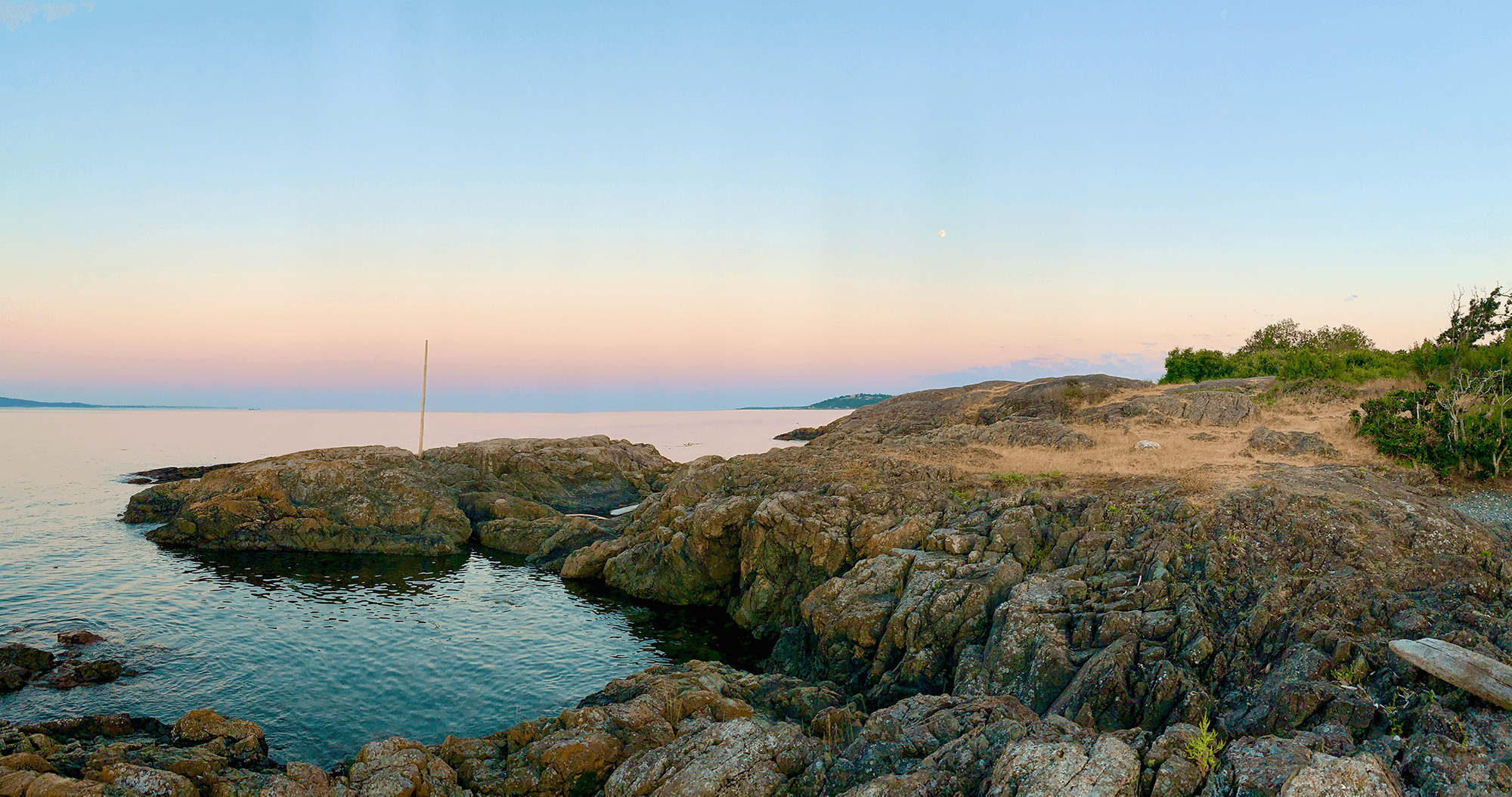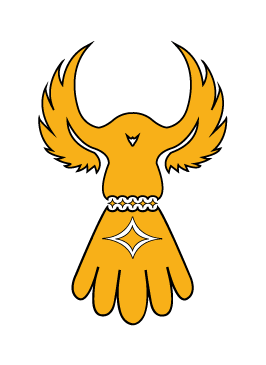
We would like to acknowledge the territories of the Lekungen, W̱SÁNEĆ and Malahat Peoples. The lands of these Coast Salish Peoples brought us together to pursue this initiative as team. Without the openness and collaboration of the W̱SÁNEĆ Leadership Council and Malahat Nation we would not have been able to lay the foundation that allowed us to develop this fund.
Name
This initiative started with the possibility of engaging the W̱SÁNEĆ and Malahat Nations during a proposal pursuit in the summer of 2020. To honour the local Nations the team worked with the SENĆOŦEN Language-Revitalization Group to name the award and begin in a good way. What emerged through conversation was this phrase: ḴEL,ḴELOŦEN ȻE S,ISTEW̱. In English, it translates to a dream for what becomes of you.
Vision
ḴEL,ḴELOŦEN ȻE S,ISTEW̱ will bring more Indigenous voices into architecture and building design, imbuing these industries with Indigenous values, perspectives and ways of knowing, being and doing.
There are very few Indigenous, First Nations, Inuit, and Métis professionals working in science, technology, engineering, and math (STEM). Many engineering and architecture firms work with Indigenous communities but few have Indigenous people working within their organizations. Our partners recognize this and want to help Indigenous people pursue careers in our industry.
The fund will provide both financial support and career mentorship. An award of $5,000 will be awarded annually to one successful applicant. All applicants will have the opportunity to make direct connections with industry professionals while allowing them to fully focus their energy on their studies. This will provide more opportunities for upcoming Indigenous professionals to work at places that meet their goals and needs more effectively.
History
In the summer of 2020, a group of architectural and engineering firms partnered together to compose a proposal for a large Federal project in the Sidney/Central Saanich area of British Columbia. Part of the proposal requirements included an Indigenous Benefits Plan that would involve the communities of W̱SÁNEĆ Nation and Malahat Nation.
Kear Porttris took the lead to develop a comprehensive Indigenous Benefits Plan. He worked with the wider team on what the plan could look like, which included creating jobs within the project, opportunities for businesses connected to these communities, school outreach and mentorship, and a post-secondary award. During the development of the plan, Kear and Rob Walter spent a great deal of time discussing and envisioning the award piece. They saw it as a first building block of creating more in-depth programming for Indigenous youth.
Although the team was not awarded the project, they remained committed to creating this educational fund. The initial funding for the endowment has come from AME Group and Gwaii Engineering, which solidified this initiative. The list of founding contributors include: Toronto and Vancouver based architects, Diamond Schmitt; and the Victoria offices of Number TEN Architectural Group, AES Engineering and RJC Engineers. Victoria Native Friendship Centre will provide vital leadership and guidance to this group. These collective contributions to the endowment fund enable financial sustainability in perpetuity and ensure that financial support will be available to future Indigenous engineering and architecture students, no matter what.
